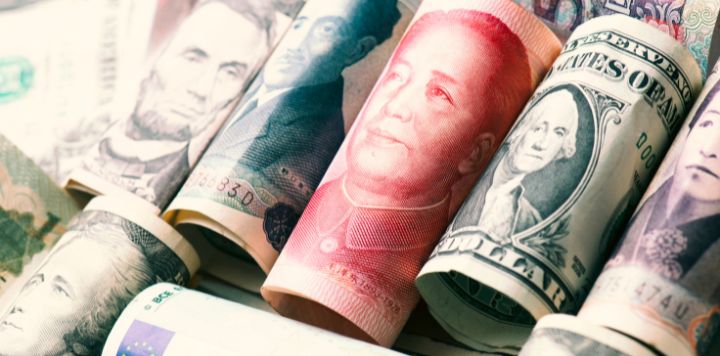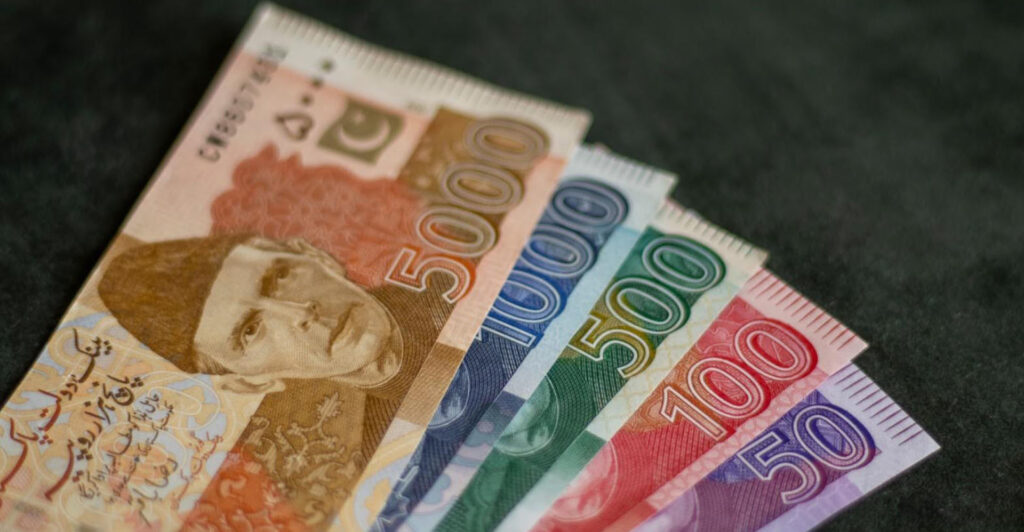India-Pakistan Currency Exchange: Challenges, Realities, and Implications (USA)
India and Pakistan, two neighboring countries with a shared history, have had complex and often tense relations since their partition in 1947. This tension extends not only to political and diplomatic spheres but also to economic and financial interactions. One notable area of limited engagement is currency exchange between the Indian Rupee (INR) and the Pakistani Rupee (PKR). This article explores the intricacies of currency exchange between India and Pakistan, the underlying challenges, and its broader implications.

Overview of Currencies
The Indian Rupee (INR) is the official currency of India, regulated by the Reserve Bank of India (RBI). It is widely traded and relatively stable, backed by a large and diverse economy. The Pakistani Rupee (PKR), issued by the State Bank of Pakistan (SBP), is also the legal tender of Pakistan but is more volatile due to economic instability, inflation, and balance of payment issues.
As of recent data (subject to daily fluctuations), 1 Indian Rupee is worth around 3.30 to 3.50 Pakistani Rupees, although the exact rate varies depending on the source and the market conditions. Official exchange rates are usually published by central banks or international platforms, but the real rate on the ground can differ significantly due to market demand and informal trading.
Limited Formal Exchange Channels
There is no formal or legal framework that allows for direct, institutional currency exchange between India and Pakistan. This is due in large part to the broader geopolitical tensions between the two countries, including unresolved border disputes and periods of conflict.
Both nations maintain strict foreign exchange control regulations. India, for example, does not allow its currency to be exchanged or used legally in Pakistan, and vice versa. Thus, official currency exchange between INR and PKR is not readily available in banks or licensed foreign exchange dealers in either country.
In practice, individuals who need to convert INR to PKR (or the other way around) must often use third-country currencies like the US Dollar (USD), Euro (EUR), or UAE Dirham (AED) as intermediaries. This typically involves converting INR to USD and then USD to PKR, which can be costly due to double conversion fees and fluctuating exchange rates.
Informal and Illegal Channels
Due to the absence of formal exchange mechanisms, a shadow system of informal or illegal currency exchange has developed, especially along border regions or within diaspora communities. Hawala networks, which are informal money transfer systems based on trust, often facilitate such exchanges. Though technically illegal in both India and Pakistan, these systems remain in use due to their speed, convenience, and the lack of formal options.
These informal channels pose significant risks, including exposure to fraud, lack of legal recourse, and possible entanglement with money laundering or financing of illegal activities. Governments in both countries have taken steps to crack down on such networks, especially due to concerns over terrorist financing and smuggling.
Trade and Currency Issues
The lack of a direct exchange mechanism is also a major impediment to formal trade between the two countries. While cross-border trade exists, particularly through designated border points like Wagah, it is minimal relative to potential. Non-tariff barriers, political hostilities, and lack of banking ties make transactions cumbersome and costly.

The reliance on third-country currencies for trade settlement further complicates matters, increasing transaction costs and reducing competitiveness. For example, Indian exporters to Pakistan (when allowed) are typically paid in USD, which adds conversion costs and increases exposure to exchange rate risks.
Economic and Diplomatic Implications
The inability to exchange currency freely symbolizes the larger disconnect in economic and diplomatic relations between India and Pakistan. For two countries with shared linguistic, cultural, and historical ties, the lack of financial integration is a major hurdle to regional cooperation.
A more open exchange framework could have benefits: increased trade, tourism, remittances, and people-to-people contact. It could also reduce the black market premium on currency and bring more transparency to cross-border financial flows.
However, such integration is unlikely without significant diplomatic breakthroughs. Trust-building, political will, and robust mechanisms to prevent misuse of financial links would be essential prerequisites.
Future Outlook
While the current scenario offers little hope for immediate improvement, regional economic dynamics and global pressures could eventually pave the way for change. Multilateral organizations like SAARC or the World Bank have occasionally advocated for greater economic cooperation in South Asia, including financial connectivity.
Digital currency and fintech innovations could also offer new avenues. Cross-border digital payment systems, blockchain-based settlements, or regional currency platforms may someday bypass traditional roadblocks. However, these too would require a level of cooperation that does not currently exist.
Conclusion
The India-Pakistan currency exchange situation reflects the broader complexities of their bilateral relationship. With formal mechanisms absent and informal ones fraught with risk, the exchange of INR and PKR remains a challenge. Unless diplomatic and economic relations improve significantly, the prospects for seamless currency exchange between the two countries will remain limited. However, the potential benefits of better financial integration are substantial, and future developments in regional cooperation and technology may eventually offer a path forward.